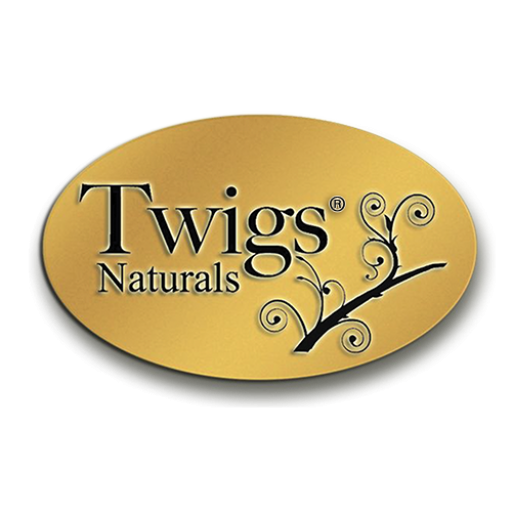Article
8 Amazing benefits of Orange Peels
Oranges are the most commonly grown fruit in the world, according to Purdue University Horticulture and Landscape Architecture, and the fruit’s flesh isn’t the only part with benefits. Grated orange peel, also called orange zest, is added to foods for flavoring and also offers many nutrients, cleaning properties and potential medical uses.
Nutrients
Raw orange peel has 1.5 g of protein and is a source of potassium, riboflavin and vitamin A. Oranges are considered a source of calcium, which contributes to bone and tooth health. According to Purdue University Horticulture and Landscape Architecture, 100 g of edible orange fruit contains 40 mg of calcium, while the same amount of orange peel has 161 mg of calcium.
Beta-Carotene
Orange peels contain beta-carotene, a pigment in orange and yellow fruits and vegetables. Beta-carotene is converted to vitamin A in your body, which is beneficial for your immune system, as well as vision health. The University of Maryland Medical Center says beta-carotene is also an antioxidant, which helps protect your body from free radicals that can cause cell damage.
Cleaning
The outer layer of an orange peel contains orange oil. This essential oil can be used in soaps and water-less hand cleaners. The oil is a solvent, so it can effectively clean your skin without the use of hazardous chemicals. Orange oil is also used as a scent in perfumes and cleaning products.
Other Health Uses
The dried outer peel of the bitter orange has been used in medicine. According to the University of Michigan Health System, simmering 1 to 2 g of dried peel in 3 cups of water to make a tea might help relieve indigestion and heartburn. Orange peel has also been used to treat insomnia and as a laxative. Be sure to ask your doctor before using orange peel for any medicine purposes.

